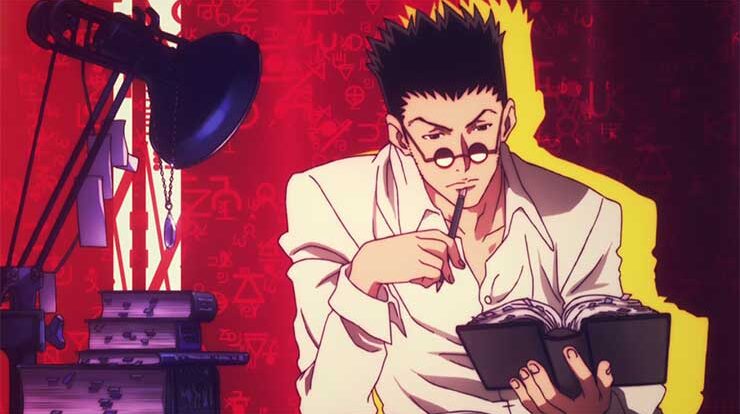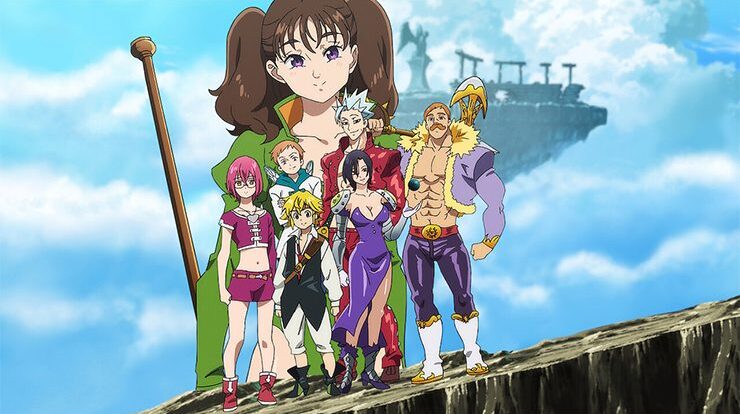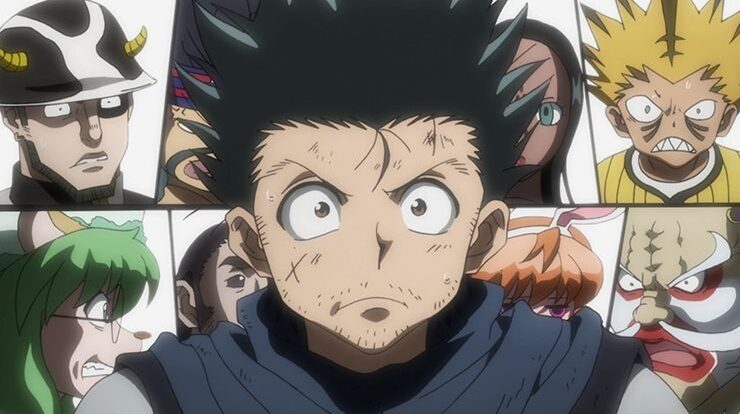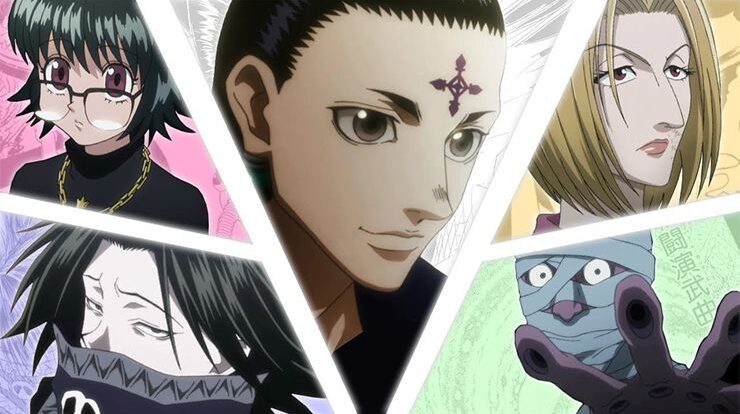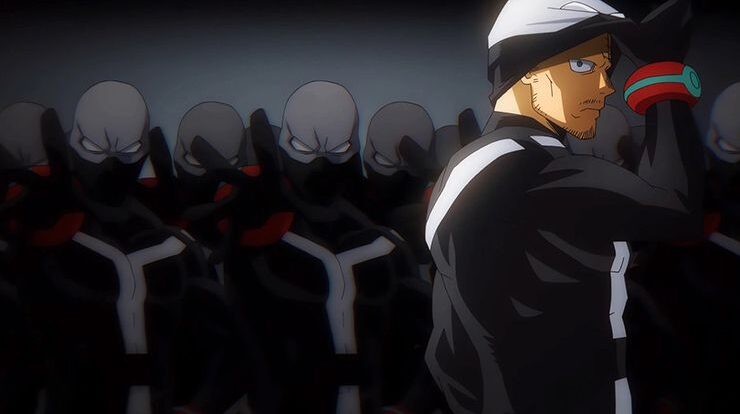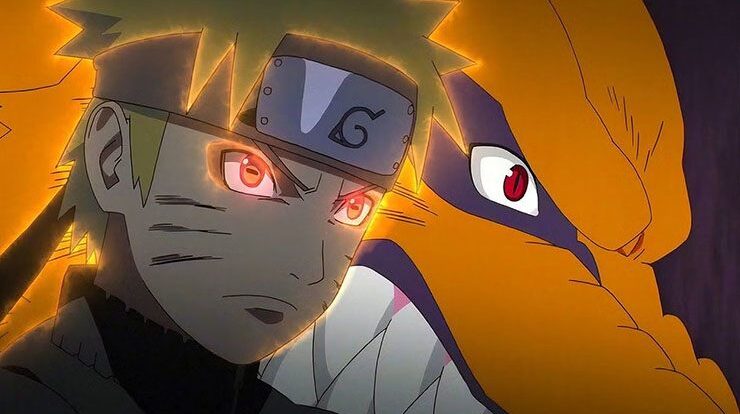
Why Are Inner Demons Everywhere in Anime? – Hey guys!. In this post, I’ll be discussing Why Are Inner Demons Everywhere in Anime? Inner demons. It feels like they’re everywhere. But why is that? And why is it so popular for authors to use in the shonen demographic?
Those are questions I plan to answer in today’s article, going into how this trope evolved and the 2 things that make it so popular for authors to use. So let’s just get right into it.
Where Does This Trope Come From?

Now, the concept of a battle shonen can be traced back a lot further, but the real icon of shonen anime is obviously Dragon Ball. Love it or hate it, Toriyama’s influence is just unmatched. His only contemporary that can really contest that is Togashi, With even modern authors like Akutami of Jujutsu Kaisen showing influence.
So if we want to look at the origin of what we now know as the battle shonen, we would look to Dragon Ball and Yu Yu Hakusho. They pretty much define their respective generations. Now Dragon Ball, coming out in 1984, doesn’t utilize the inner demon trope much at all. But Goku does have the Great Ape transformation.
It functions much the same way, involving a monstrous transformation that threatens to take over Goku. Taking his control and doing some real damage. Then, in 1990, Yu Yu Hakusho came out. The scope of it using the inner demon is very limited, with Raizen taking over Yusuke in his fight with Sensui in the Chapter Black.
That being said, it’s the first major series to really use this for its protagonist and it exhibits a lot of what we know of the trope today. Yusuke is taken over against his will, giving him access to a special power, and behaves in a way much more destructive than Yusuke is himself. Because the next era would be dominated by the Big 3.

And while the concept of the Big 3 is a very Western thing, their notability in Japan shouldn’t be understated. And I bring them up because their authors, Oda, Kishimoto, and Kubo, grew up reading these stories. And 2 out of 3 directly have the inner demon trope for their protagonists, with the hollow, White, for Ichigo and the Nine Tailed Fox for Naruto.
The idea behind Kurama and White is extremely similar. They are a constant threat that may take over the protagonist and cause harm to those around them. And whether that happens depends entirely on the fortitude of the protagonist. And you gotta remember, the idea of an inner demon isn’t original at all. The concepts of dark, spiritual entities and demonic possession have been around for 1000 of years.
So going from a monstrous transformation to a malevolent takeover is really not much of a leap at all. And as I said, these series are very notable themselves, inspiring others. With two series out of these big hits utilizing the inner demon trope, it was bound to catch on with the next generation. And when tropes spread, they also diversify.
A notable similarity between Naruto and Ichigo is that they both get on better terms with their inner demons over time. Obviously there’s lots of differences, but the tropes are used and presented very similarly. But what about after the fact? The mid to late 2010s began to show a considerable surge in this trope in the mainstream. In 2014, Naruto ended, with Bleach following in 2016.
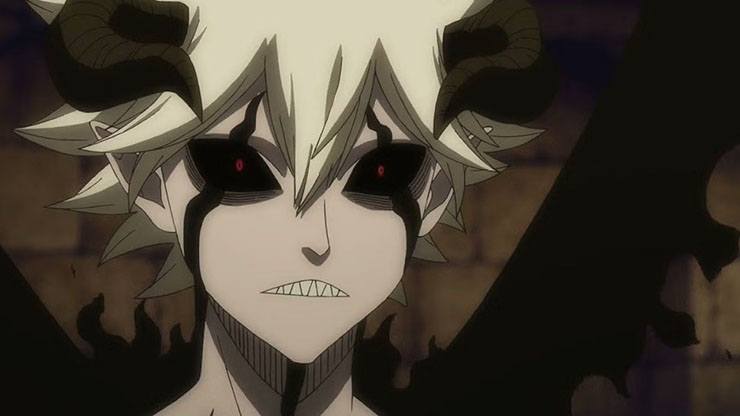
Right around this time, the generation that grew up reading the Big Three started to make their own way into the manga industry, with My Hero Academia starting in 2015. MHA isn’t very relevant to this article, but the next year in 2016, Black Clover also released its first chapter.
While it is the least literal of the inner demon trope, with Asta’s devil being in his grimoire instead of his body, it’s the most true to the trope as we saw it previously. Asta has access to a special power through this seemingly malevolent spirit. That entity threatens to take over Asta’s body. But eventually they form a close bond.
Then in 2018, we start to see the trope diverge from this with Jujutsu Kaisen and Chainsaw Man. Their usage of this trope could not be any more different, with Sukuna being an active villain in the series with no hope of redemption and Pochita being a genuine friend to Denji from the very first chapter.
We’re at a point where the trope is only one generation removed from the first major burst in popularity in Shonen manga. The natural direction this took seems to be these two series approaching the concept from opposite extremes. But regardless, they still serve the same narrative functions.
Why this trope has stood the test of time?
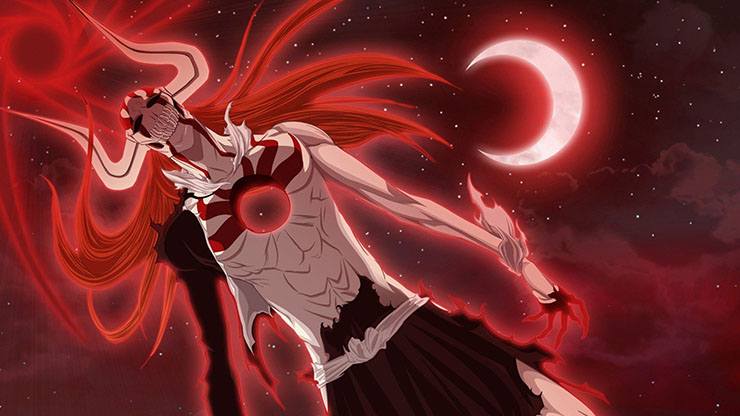
Reason 1: Giving the Darker Half a Name When a character has some horrific transformation, it generally represents some negative aspect about them. The inner demon just gives this transformation a separate identity. And there’s a lot more narrative freedom in that. The demon itself gets to have a character and can change. They can have a personal dynamic with the character they’re possessing.
In the case of Naruto, the Nine Tailed Fox represents pure hatred and resentment. As the story goes, we eventually learn why and how it became that way. Naruto overcoming Kurama’s hatred is representative of his journey to overcome hatred in general, as well as the resentment in himself.
It’s showing that internal struggle through the lens of a character dynamic and that’s just a lot more versatile to write with. Like when Ichigo’s hollow takes over against Ulquiorra, that’s not Ichigo. It’s a whole other being with its own thoughts, personality, and motivations.
And that’s also what allowed this trope to evolve. It’s how we got to the point where we have Sukuna and Pochita, who are both the inner demon trope, but have exactly opposite dynamics with their host. Because they are allowed to be their own characters with their own stories.
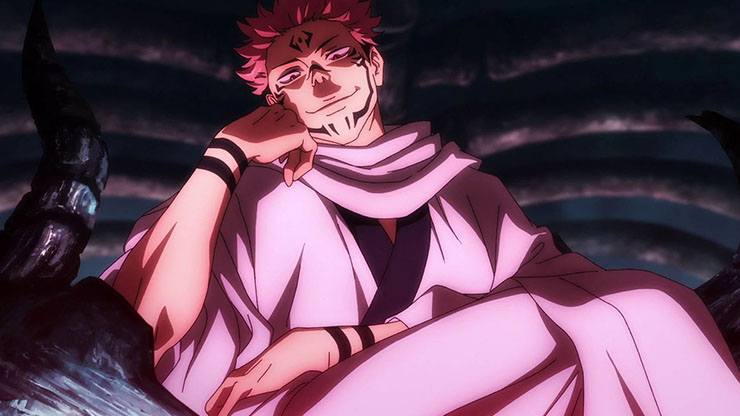
Reason 2: Lore Potential. Generally speaking, it’s common for these inner demons to be much older than their host. They have history and lore behind them. Because of that, authors can use them as a really good narrative tool to introduce plot relevant lore. Special powers are special for a reason and when you tie that to a character instead of some non-sentient ability, you get a lot of potential around that.
Both Kurama and White have backstories that are really vital to the overall plot of their series. That’s not a coincidence. And others follow this trend. Sukuna, as the King of Curses, is very important to the history of Jujutsu Kaisen. You also have Pochita from Chainsaw Man, and I’m not gonna spoil his stuff for anime onlies, but the stuff we do get on him is really interesting and really plot relevant.
Hell, My Hero Academia doesn’t really follow the inner demon trope exactly, but Deku does have individual’s consciousnesses in him with their own history that is very important to the series. Despite not going for the exact trope, Horikoshi recognizes the benefits of using it.
The only notable series that really goes against this is Black Clover, with Asta’s devil being very young and a footnote in the history of his world. And even then, we still get to learn about the underworld from his perspective.
Conclusion
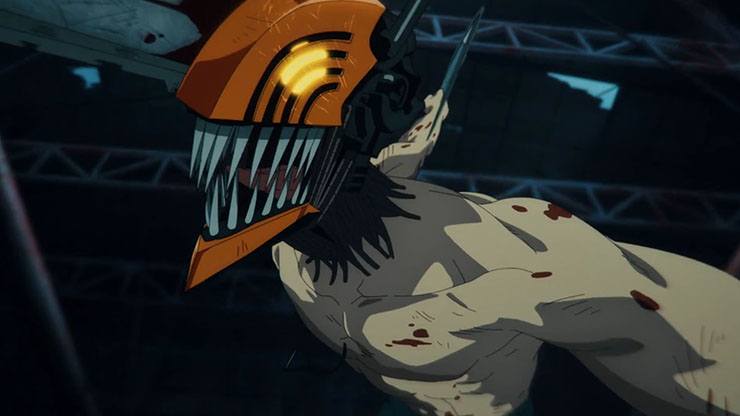
And I really want to put into perspective how important this trend actually is to shonen manga. Because obviously this trope isn’t literally everywhere. But most of the heavy hitters are using it to some degree. And when looking at the narrative benefits of it, that’s really not surprising.
Plus, we’re still early in this. Like I said, the concept of the inner demon is really old, but in terms of mainstream shonen manga, it’s pretty new. Just think of how popular these current series are.
Jujutsu Kaisen and Chainsaw Man have been racking up sales like it’s nothing and in 10 to 15 years, we’re probably gonna have some of the big hits of that time cite these guys as their inspirations, among others. So yeah, that’s why the Inner Demon is everywhere, and it’s not leaving any time soon.
That is it from today’s post on Why Are Inner Demons Everywhere in Anime? If you do not agree with the points in the post and have some of your own opinions, share them with us in the comments section down below. Keep visiting Animesoulking for more information about Anime and Manga.
Also, Read:
Chandan is the writer of “Why Are Inner Demons Everywhere in Anime?”. Also, Connect with me on YouTube and Facebook.


